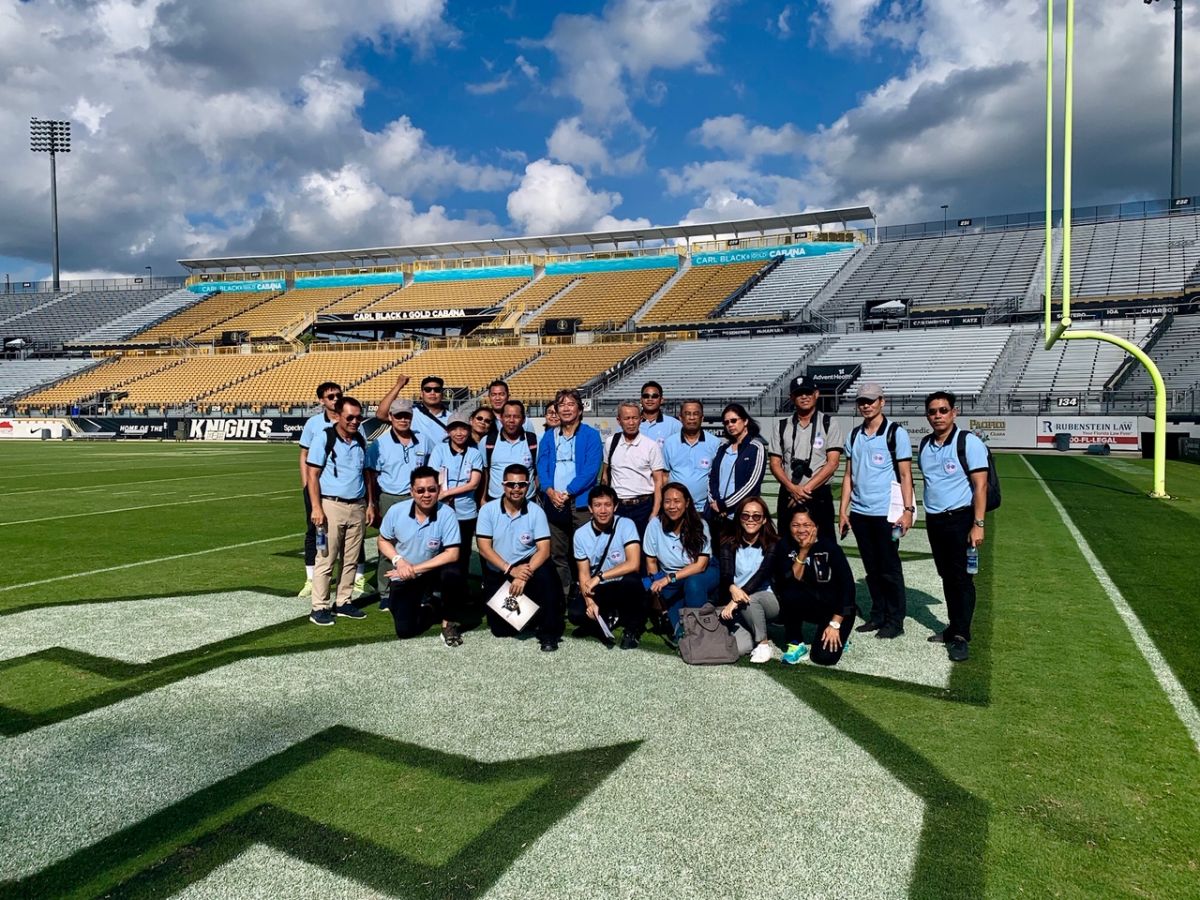
Military operational stress altered the EV profile. Higher concentrations of IL-1β and IL-10 were positively associated with THSD1+ EVs (p<0.05). The selection event induced significant changes in circulating BDNF (-43.2%), IGF-I (-24.56%), TNFα (+17.7%), IL-6 (+13.6%), accompanied by increases in intensities of THSD1+ and VAMP3+ EVs (all p<0.05). EVs stained with markers associated with exosomes (CD63), microvesicles (VAMP3), and apoptotic bodies (THSD1) were characterized using imaging flow cytometry and vesicle flow cytometry. Samples were analyzed for concentrations of cortisol, insulin-like growth factor I (IGF-I), neuropeptide-Y (NPY), brain-derived neurotrophic factor (BDNF), α-klotho, tumor necrosis factor- α (TNFα), and interleukins (IL) -1β, -6, and -10. To characterize the neuroendocrine, cytokine, and EV response to an intense, 24-h selection course known as the Naval Special Warfare (NSW) Screener and identify associations between EVs and cytokines.īlood samples were collected the morning of and following the NSW Screener in 29 men (18 - 26 years).


Less is known about the role of extracellular vesicles (EVs), a form of cell-to-cell communication, in military operational stress and their relationship to circulating hormones. Military operational stress is known to increase adrenal hormones and inflammatory cytokines, while decreasing hormones associated with the anabolic milieu and neuroendocrine system.


 0 kommentar(er)
0 kommentar(er)
